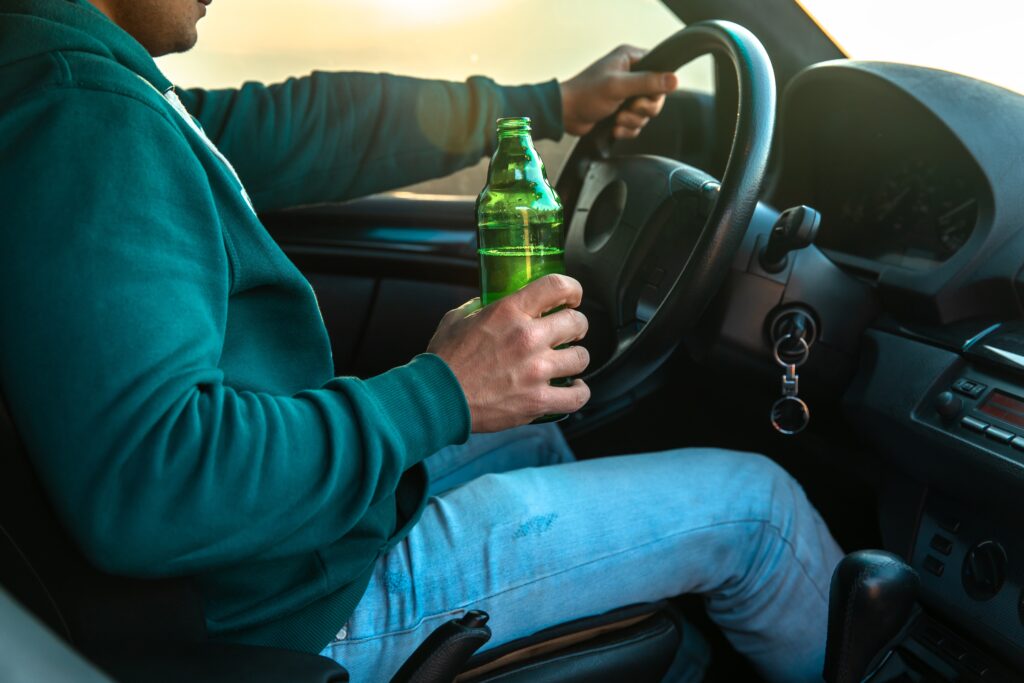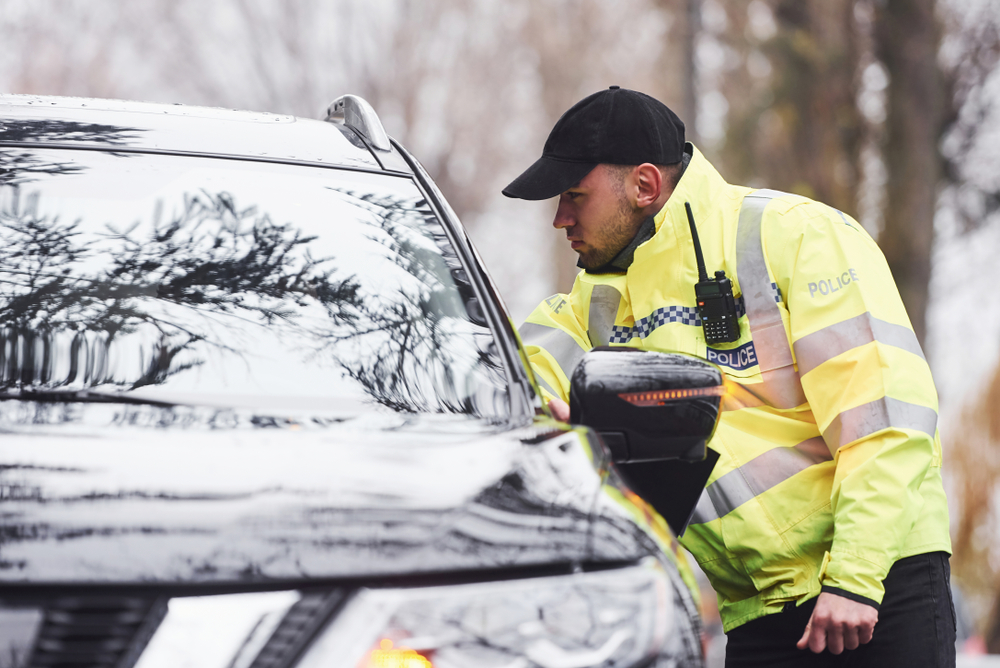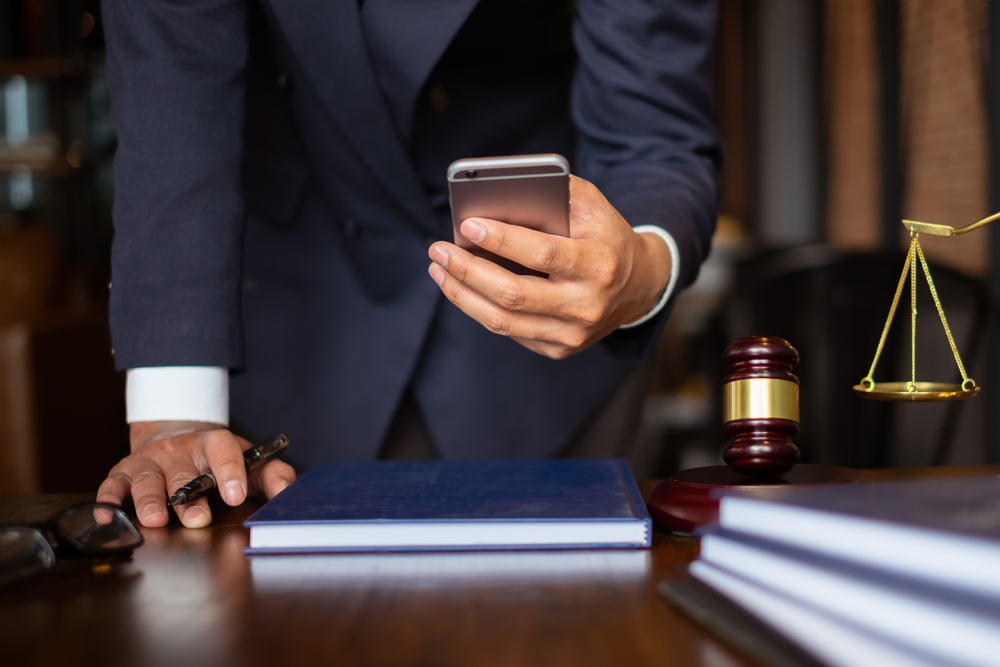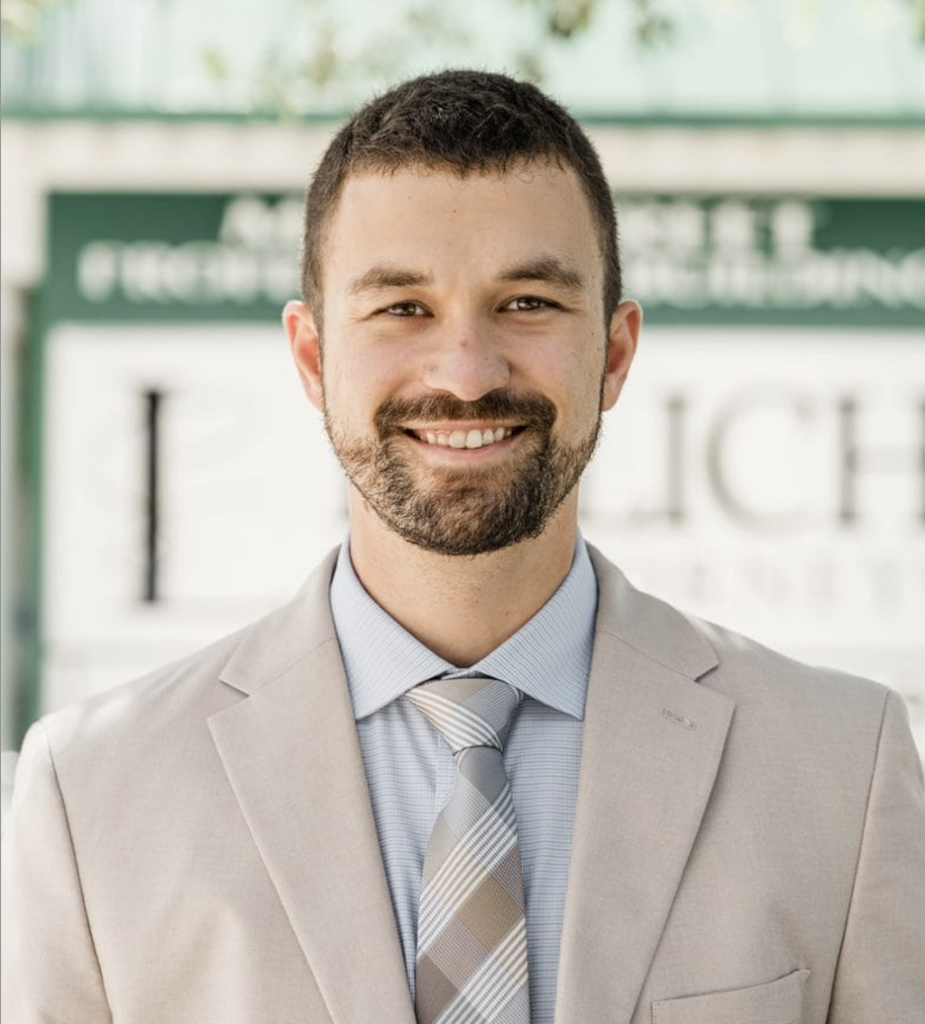After a car accident involving a drunk driver, emotions often run high. The physical, emotional, and financial aftermath can be substantial. During these trying times, you need evidence supporting your claim or case against the at-fault party.
Evidence can greatly enhance your chances of holding the drunk driver responsible and securing the compensation you rightfully deserve.
In this article, we'll examine the importance of evidence, what you should gather, and why hiring a car accident lawyer in Sebastian can be a game-changer.
Schedule A Consultation Today!
The Importance of Evidence in Drunk Driving Accidents

Evidence is the cornerstone of any legal claim arising from a drunk driving accident. In the courtroom, verbal assertions or accusations are often not enough. Tangible evidence translates these assertions into undeniable facts, making your claim strong and compelling.
Drunk driving accidents, by their very nature, are often full of complexities. There are the actions of the drunk driver, the extent of the damages caused, the severity of the injuries, and the profound emotional trauma. Evidence is needed to paint a clear picture for any jury or insurance adjuster.
The more comprehensive your evidence, the harder it becomes for the offending party or their insurance company to challenge or diminish your claim. Every photograph, witness statement, police report, and medical record acts as a testimony to the gravity of the incident and the negligence of the drunk driver.
Drunk driving accidents often lead to more serious injuries and damage than other accidents. This makes the stakes higher. In such cases, solid evidence is a necessity. It offers a clear pathway to demonstrate the full scope of the liability, helping ensure you get the justice you deserve.
Immediate Steps to Take After the Accident
There are some immediate steps you can take after an accident to protect yourself and your potential legal claim. If your injuries do not allow you to take these steps, or you are well beyond this stage, do not worry. Your attorney can find alternative ways to gather this evidence.
Contacting the Police
After ensuring you are safe and moving away from potential danger, your next step should be to call the police. Their presence on the scene is important for several reasons.
The officers will draft an accident report, which is often the first formal documentation of the incident. This report is a comprehensive account of what happened, capturing details like the location, time, involved parties, and the apparent cause.
More importantly, if they suspect the involvement of alcohol or drugs, their professional observations may be documented, hinting at the other driver's state of intoxication. This report not only serves as a foundational piece of evidence but can also offer an authoritative perspective on the events that transpired.
Prioritizing Medical Attention
In the chaotic moments after a car accident, we cannot overstress the importance of prioritizing medical attention. The very nature of such accidents—sudden, unexpected, and often traumatic—means that our immediate perceptions of our health might not be entirely accurate.
Following a collision, the human body has a natural tendency to release adrenaline, a hormone that prepares us to either fight or flee.
This adrenaline rush can temporarily override pain receptors, meaning that even if you've suffered an injury, you might not immediately feel it. This is why some people walk away from an accident thinking they're fine, only to experience pain or discomfort hours, days, or even weeks later.
Certain injuries, particularly those related to the head, neck, spine, or internal organs, are notorious for not showing immediate symptoms. Concussions, for instance, might present subtly, with symptoms like dizziness, confusion, or headaches becoming noticeable only after the immediate shock of the accident has worn off.
Similarly, internal bleeding or organ damage might not be immediately apparent, but its long-term implications can be severe if left untreated.
Seeking medical attention promptly serves two purposes. First and foremost, it ensures your health and well-being. A comprehensive check-up can identify and address injuries or health concerns you might have overlooked in the initial shock of the accident.
Secondly, it causes the creation of a detailed medical record. This documentation is more than just a list of injuries and treatments. This time stamped account that directly links the injuries you sustained to the accident. As your claim or case unfolds, these medical records can validate your claim of injury, showcase the extent of medical intervention required, and often establish a timeline, making it hard for opposing parties to argue that the injuries were unrelated to the accident.

These records can also chart the trajectory of your recovery, including details of follow-up visits, rehabilitation processes, and any long-term health implications or treatments. Such documentation paints a comprehensive picture of the injuries you've suffered, potentially increasing the worth of your claim.
Documenting the Scene with Photographs
Smartphones have not only revolutionized the way we communicate but have also provided us with an always-ready tool for documentation. In the context of car accidents, especially those stemming from impaired driving, this capability becomes particularly helpful.
A picture, as they say, is worth a thousand words, and when it comes to capturing the raw aftermath of an accident scene, photographs can speak volumes.
Photographs offer an unfiltered perspective of the accident scene. Unlike verbal accounts, which might differ from person to person, photographs provide a tangible, static record. They capture the scene as it is, freezing a moment in time and ensuring that even as memories fade or change, the evidence remains untouched.
When you first start documenting the scene, take a few steps back and capture wide-angle shots. These photographs should show the entire accident scene, giving anyone viewing the images a sense of the accident's scale and context.
They should show the positioning of the vehicles, the state of the road, nearby landmarks, and traffic signals or signs. This broader view can often help in understanding the dynamics of the accident, like which direction each vehicle was coming from and the potential causes of the collision.
Close-up shots of vehicle damage, from dented bumpers to shattered windows, offer a clear idea of the collision's impact. Skid marks on the road can indicate sudden braking or loss of control, while broken barriers, fences, or poles can show the accident's trajectory. Every scratch, dent, or broken part provides insight into the force and angle of the impact.
While it's important to document vehicular damages and the overall scene, it's equally important to capture any visible injuries. These images can be sensitive but are essential in showing the immediate physical repercussions of the accident.
If you notice any sign of alcohol or drug consumption by the driver, such as discarded bottles, cans, or even drug paraphernalia, document them. Such evidence can be compelling in cases where impaired driving is suspected.
As you document the scene, make sure that the photographs are taken without altering or staging any aspect. Authenticity is key. Manipulating the scene or the objects within can not only diminish the value of the photographs as evidence but might also lead to legal complications.
Collecting Witness Details
In the wake of a car accident, especially one involving drunk driving, the role of witnesses becomes increasingly important. These bystanders serve as neutral observers, capable of providing a perspective that isn't influenced by the emotional or physical stress of being directly involved in the incident.
Witnesses, due to their detached position, can often recall the events leading up to, during, and immediately following the accident with a clarity that might elude the actual participants.
Their observations can provide crucial details, shedding light on:
- The behavior of the drunk driver prior to the accident.
- The speed of the vehicles.
- Traffic conditions.
- The reactions of other drivers or pedestrians.
Given their objectivity, witness testimonies can be particularly reliable in legal proceedings or insurance claims. They have the potential to substantiate your version of the event, making it more challenging for the opposing party to contest your story.
When you decide to approach potential witnesses, do so with respect. Understand that they might be shaken by what they've seen or may be unsure about getting involved. Keep your conversation brief, non-confrontational, and centered around the request for their contact details.
While gathering their information, aim for comprehensiveness. Getting their full name is a given, but also consider writing down their address, phone number, and email. This ensures multiple avenues of communication for future reference. If they're willing, a brief overview of what they saw can also be helpful, but remember not to press them if they seem hesitant.
While you might want to dive into a comprehensive conversation with witnesses, use restraint. The chaotic accident scene can make detailed conversations impossible. Also, memories might change as the shock wears off, so a detailed account taken hours or days after the accident might be more accurate than an immediate reaction.
While you're gathering information to support your side, any statements you make might play a role in subsequent proceedings. Hire a car accident lawyer to take detailed witness statements in a controlled setting, to accurately capture the account and without undue influence.
As your claim or case progresses, these witness accounts can reconstruct the event, challenge opposing narratives, and, most importantly, solidify the wrongdoings of the drunk driver. A well-documented witness statement can serve as powerful evidence, often swaying the direction of legal proceedings in your favor.
Hiring a Car Accident Lawyer - A Wise Decision

After the immediate steps, your next course of action should be contacting a car accident lawyer. Here's why.
Lawyers know how to collect evidence timely and efficiently. They also act as a buffer between you and insurance companies, which often try to minimize compensation. With a lawyer representing you, you have protection from being shortchanged.
Many car accident lawyers operate on a contingency fee model. Essentially, you only pay them if they secure a victory for you. Such an arrangement gives your lawyer an incentive to achieve the best possible outcome.
Your lawyer can also request the alleged drunk driver's past records. Any previous DUI convictions or traffic violations can point toward a history of recklessness. Surveillance footage from adjacent businesses or traffic intersections can also provide visual evidence of the accident. Your lawyer will know how to retrieve and preserve this footage.
In some scenarios, the input of expert witnesses like accident reconstruction specialists or medical professionals may be needed. Lawyers often have a network of these experts on call.
The Role of a Car Accident Lawyer in Evidence Collection
While the steps above provide guidance on what you can do at the accident scene, a car accident lawyer is your best friend in the evidence-collection process.
Car accident lawyers understand what evidence is compelling, the legal weight it holds, and the best ways to obtain and preserve it. Often, an accident overwhelms the victims, making it challenging to focus on evidence collection. This is where a lawyer can help.
When you contact them, car accident lawyers can spring into action. They can speak with the police to access official reports, consult with medical professionals to understand the extent of injuries, and even hire accident reconstruction experts if the case needs them. Additionally, they can ensure that witness testimonies are recorded accurately and in a way that aligns with legal standards.
As time progresses, physical evidence can deteriorate, memories can fade, and witnesses can become harder to track down. Speaking with a lawyer promptly ensures you secure vital evidence and preserve any perishable or time-sensitive information.

Speak with a Car Accident Lawyer Immediately
A car accident, particularly one caused by a drunk driver, is a traumatic experience. By gathering evidence and collaborating with a car accident lawyer, you boost your chances of obtaining justice and rightful compensation. Always remember that evidence is the key to your claim.
Hiring the right attorney handling your case can mean building the strongest claim possible for full compensation, supported by sufficient evidence of liability and your losses.
